|
If I asked you to list all the dog sports you could think of would you include conformation in your list? If you didn't ask yourself why? It may come as a surprise but conformation dogs are athletes in their own right and have unique physical and mental demands placed on them to do their sport well. In my next edition of sport breakdown I take a look at the sport of conformation and review the physical demands asked of our conformation dogs and how conditioning can have a part in helping your canine athlete succeed in the ring. What is Conformation?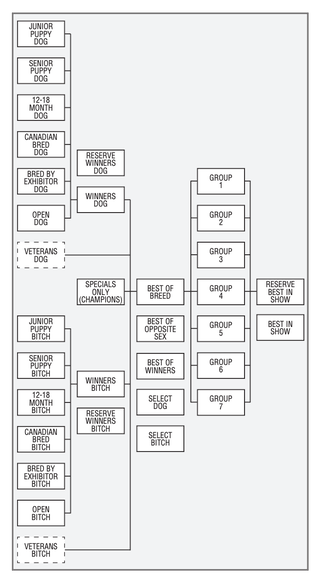 CKC "Conformation Shows and Rules and Regulations" CKC "Conformation Shows and Rules and Regulations" A conformation show, or breed show is a kind of dog show in which a qualified judge familiar with a specific dog breed evaluates individual purebred dogs. Dogs are evaluated based on how well they conform to the established breed standard. All breeds have their own individual breed standard. The development of breed standards arose out of the need for dogs to have predictable outcomes. Avid dogs owners and breeders started to breed dogs for their performance ability and began to develop distinctive appearances. Some of these distinctive appearances play a key role in the dog's ability to do their job. For example, the long legs of sighthounds give them their sprinting ability. When breeding for aesthetics, however, there can be unintended consequences, such as breathing difficulties in brachycephalic breeds of dog. The ultimate goal of any kennel club and breeder is to maintain and improve upon each breed. The pedigrees of the different breeds have developed over many years by dedicated owners and kennel clubs. Each kennel club will have their own listed breed standards for dogs to conform to and may or may not recognize some breeds within their registry. Breed standards may also differ between different kennel clubs. For ease in explaining the sport I’ll focus on just one kennel club, the Canadian Kennel Club (CKC). During conformation shows, dogs are presented in the ring by handlers who may or may not be the owner of the dog. Owners will often hire professional handlers to show their dogs. Dogs in conformation shows are first shown against dogs within their own breed. Males and females are separated into different classes. The chart on the left here shows the CKC's classes that dogs can enter into. The dogs in each class will be judged for how closely they conform to the breed standard. The dogs that were nearest to that ideal picture of the breed standard wins the class. Each dog that places first in each class will then re-enter the ring to compete for the Winners award. The dog selected Winners will be awarded points. These earned points go on the dog’s record as they work towards their championship title. Points are determined by the number of dogs entered into each class - the more dogs in the class the higher the points awarded with a max of 5 points! You can refer to the CKC's Conformation Rule and Regulations to learn more about the point system - here. Once the judging for each breed and the Best of Breed (BOB) has been selected, it's time to move onto group competition. There are seven different breed groups in CKC. There are seven groups
Breeds in the same group compete for Best in Group title. The dogs in group are still judged based on their breed standard and not against the other breeds in the group. Within each group dogs can be award 1st -4th and the winner will progress to the Best In Show. The seven winning dogs of each group will compete against each other for the Best in Show Title, again being judged on how well they conform to their individual breed standard.
The Physical Challenges of Conformation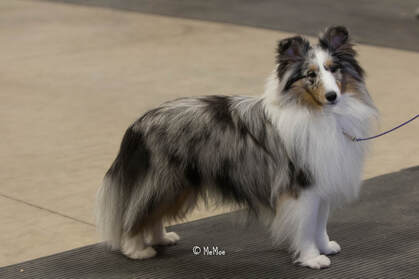 As ambassadors of their breed, our conformation athletes have to always be at their best and that can be a big ask for our dogs. The way a conformation dog moves is an important part in the way they'll be judged. The ideal for most breeds is a well balanced efficient symmetrical trotting gait. Physically, there are a lot of demands on our show dogs. Some of these challenges are:
Conditioning the Conformation DogConformation dogs can greatly benefit from a regular conditioning program and quarterly assessments by a qualified health professional. By keeping our conformation dogs in top form and moving well we're actively setting them up for success in the show ring. Here are a couple ways an conditioning exercise program can help.
As our conformation dogs are representatives of their breed to the public we want them to be at their best and show their best. Remember that our conformation dogs are judged partly on how they move and our dog's movement can be greatly impacted by regular exercise and conditioning work. Conditioning can help our dogs stay balanced and have them moving in a symmetrical and efficient gait - all of which can make a big difference in the show ring! As dog lovers and avid trainers we want what's best for our dog and we want to have fun while we do that. Regular assessments by a canine PT can ensure your dog is physically capable of the demands of conformation and alert you to potential issues that may be brewing. These quarterly assessments can give you piece of mind that your dog will move well in the show ring and catch any potential injuries they could experience. By keeping our dogs injury free we ensure that we can continue doing what we love with our dogs for longer! SourcesCanadian Kennel Club. "Breed Standards" https://www.ckc.ca/en/Events/CKC-Breed-Standards
7 Comments
Kathie Cybulskie
11/13/2020 08:51:53 am
Many of my agility friends have no knowledge about the amount of work that goes into conditioning a confirmation dog. I was lucky when I showed my Doberman; my conformation coach was all about fitness. My dog's top-line was phenomenal - due in part to construction, but emphasize by his condition.
Reply
Carolyn McIntyre
11/15/2020 01:22:44 pm
Yes! So many of my sporting friends forget the amount of work that goes into getting our dogs ready for a show and it's not always about their coats!
Reply
Nancy Higgitt
11/14/2020 02:05:28 pm
Am hoping you might give permission for us to publish this in our Irish Setter Club of Canada small publication for members. We would credit you as author. Thanks..it was an excellent, interesting article.
Reply
Carolyn McIntyre
11/15/2020 01:21:09 pm
Hi Nancy!
Reply
9/19/2022 12:53:23 pm
The physical demands asked of our conformation dogs and how conditioning can have a part in helping your canine athlete succeed in the ring. Thank you for the beautiful post!
Reply
clic aqui
9/28/2022 02:00:40 pm
No obstante, eso no significa que el trabajo haya terminado, todavía queda mucho por hacer y no existe razón para que no formes un vínculo tan fuerte como con cualquier cachorro.
Reply
1/20/2023 11:50:46 pm
One of the major benefits of incorporating muscle building and strengthening activities into your dog’s daily exercise is that it helps prevent injury.
Reply
Leave a Reply. |
AuthorCarolyn McIntyre Archives
June 2024
Categories
All
|

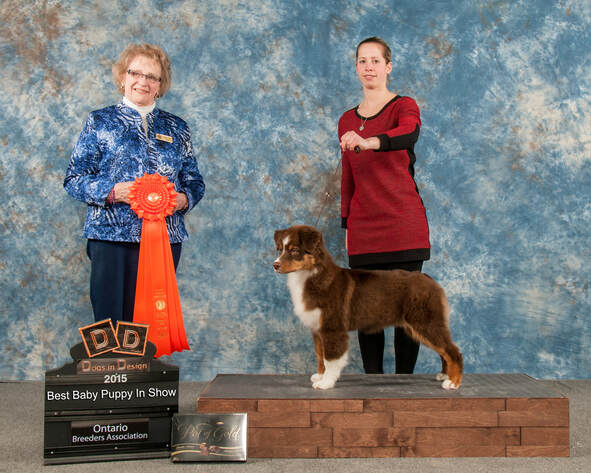

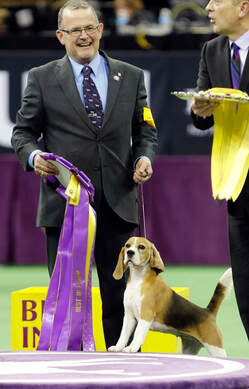
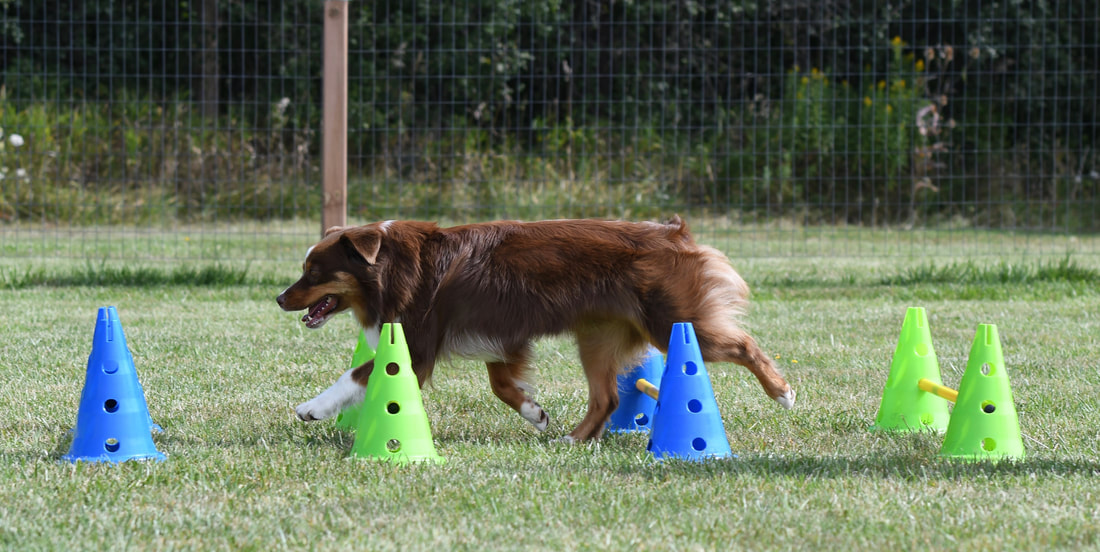
 RSS Feed
RSS Feed